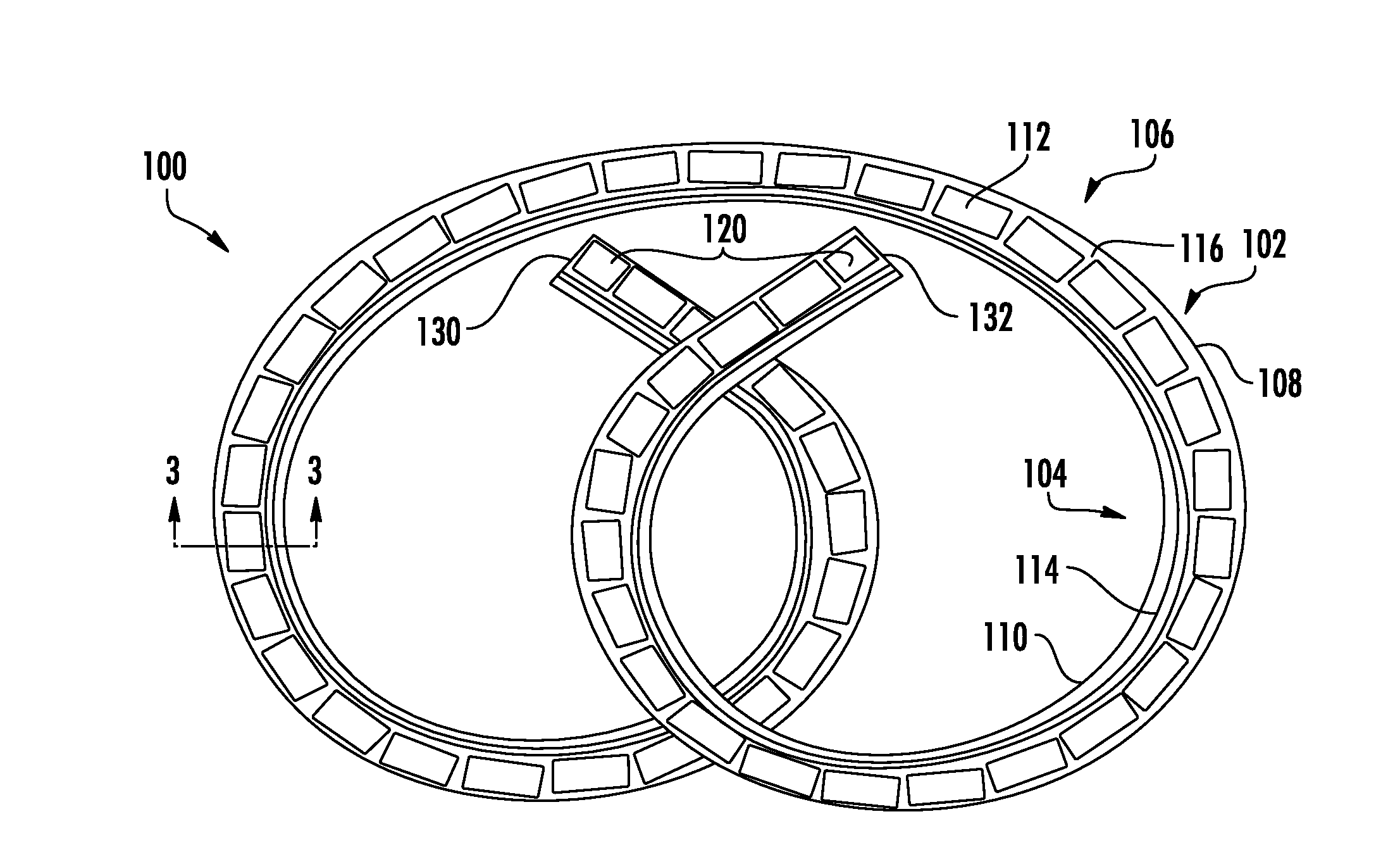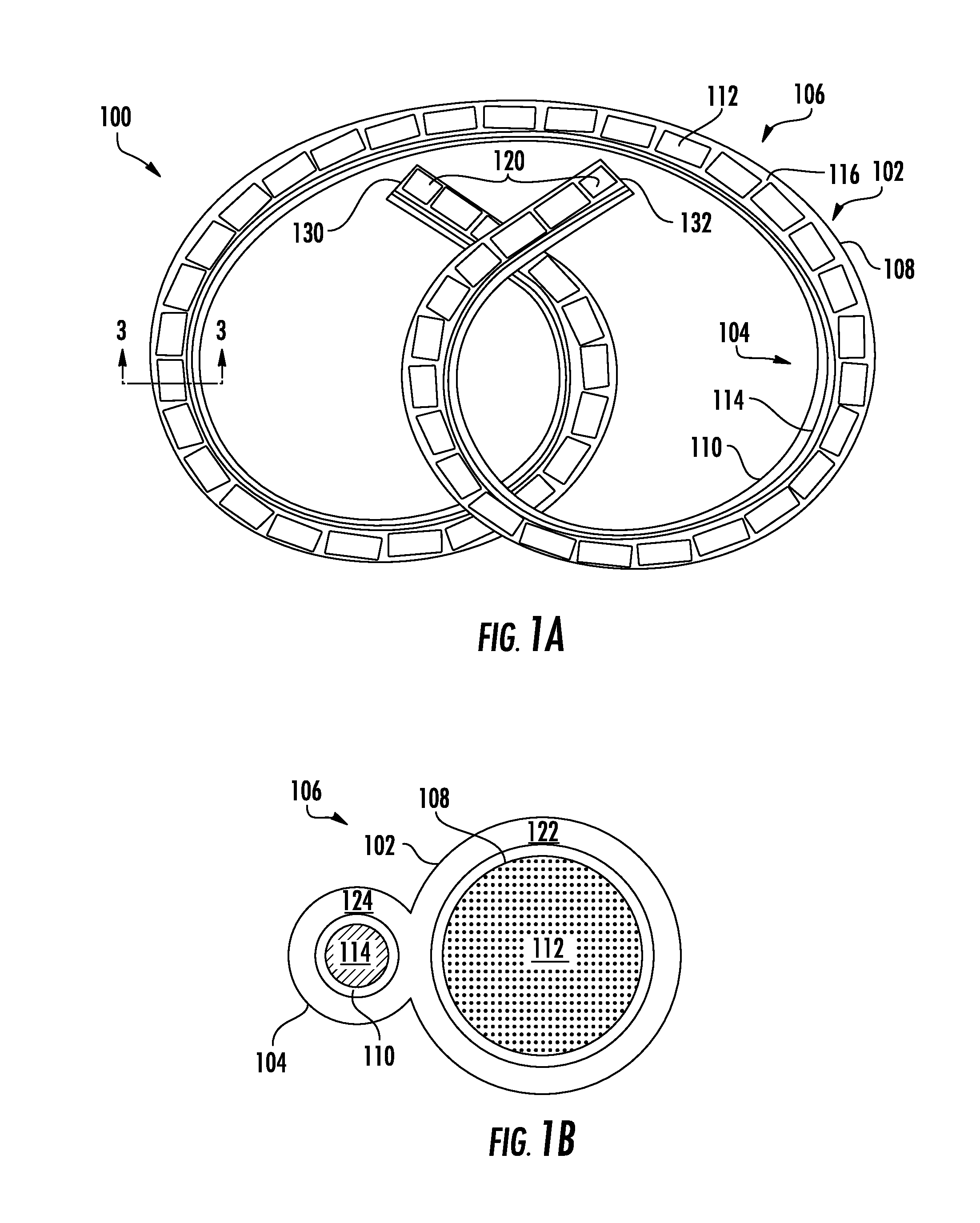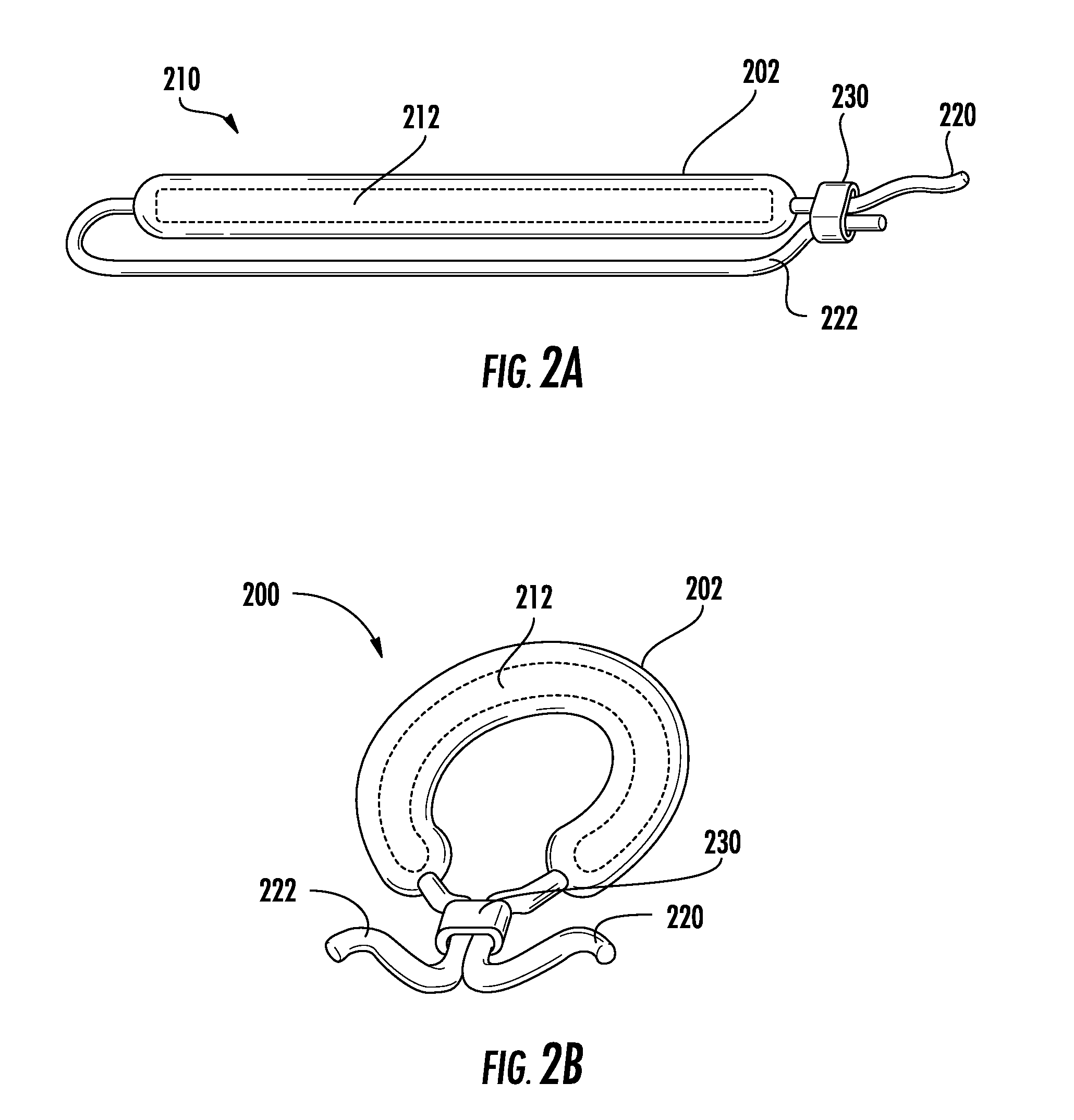Drug delivery systems and methods for treatment of bladder dysfunction or disorder using trospium
a technology of bladder dysfunction and delivery system, which is applied in the direction of drug composition, contraceptive devices, biocide, etc., can solve the problems of high cost of equipment and surgical procedures, insufficient efficacy of therapies, and long urinary retention requiring self-catheterization,
- Summary
- Abstract
- Description
- Claims
- Application Information
AI Technical Summary
Benefits of technology
Problems solved by technology
Method used
Image
Examples
example 1
Antimuscarinic Screen in Rat Bladder Perfusion Model
[0059]A study was conducted to intravesically perfuse oxybutynin chloride, tolterodine tartrate, or trospium chloride into rats fitted with indwelling bladder and jugular cannulas. The rats were fully mobile post-surgery.
[0060]The drugs were perfused at varying rates, concentrations, and times. Serial blood and urine samples were taken, and tissues (bladder, ureter, kidney, and prostate) were sampled to determine drug levels and distribution. Tissue histological exams were completed for safety.
[0061]As demonstrated by Table 1, the results indicated that oxybutynin exhibited significantly higher systemic absorption following intravesical administration than either tolterodine or trospium.
TABLE 1Antimuscarinic Screen - Plasma LevelsUrineEffective Urineto PlasmaConcentrationEst CmaxDrugRatio(μg / mL)(ng / mL)Oxybutynin2,1301 to 10 0.4 to 4.6Trospium15,3801 to 100.06 to 0.7Toterodine31,1901 to 100.03 to 0.3
[0062]Consistent with higher syst...
example 2
Intravesical Pharmacology Screen in Rat Bladder Perfusion Model
[0064]Carotid artery and bladder catheterized rats were intravesically perfused with oxybutynin chloride, tolterodine tartrate, or trospium chloride at varying dosages of escalating concentrations with acetic acid. Intercontraction intervals and intravesical pressure were measured during a control periods and treatment periods.
[0065]The rats' bladder catheters were connected to a pressure transducer and syringe-pump to allow perfusion. The bladders were perfused (50 μL / minute) with saline for one hour to obtain stable micturition cycles. The perfusion then was switched to a weak acidic solution sufficient to stimulate the noxious receptors in the urothelium without inducing structural or metabolic damage to the tissue. The acidic solution was comprised of 0.5% acetic acid exhibiting an average pH of approximately 3.5. A 45 minute baseline was recorded.
[0066]The vehicle or antimuscarinic drugs were administered intravesic...
example 3
Extended Release of Trospium from Device
[0070]An in vitro study was done to show zero order release of trospium chloride over an extended period. A silicone tube device housing was used, with each device loaded with an average of about 77 mg of trospium chloride. The silicone tube ID was 1.5 mm. For Group 1 (N=3), the silicone tube wall was 0.2 mm thick, and for Group 2 (N=3), the silicone tube wall was 0.8 mm. The ends of the loaded silicone tube were sealed, with each device having a release orifice located at one end of the tubing. The orifice diameter for all devices was 0.28 mm. The trospium chloride was in the form of tablets, wherein the length of the tablets was approximately 3.8 cm, with the tablets having the formulation of 90% trospium chloride (TrosCl), 5% PVP, and 5% PEG 8k.
[0071]Each drug-loaded device was placed in release media, which was 40 mL of aqueous 150 mM acetate buffer with pH 4.5. Over time, the release media was imbibed by the silicone tubing and dissolved ...
PUM
| Property | Measurement | Unit |
|---|---|---|
| diameter | aaaaa | aaaaa |
| length | aaaaa | aaaaa |
| concentration | aaaaa | aaaaa |
Abstract
Description
Claims
Application Information
 Login to View More
Login to View More - R&D
- Intellectual Property
- Life Sciences
- Materials
- Tech Scout
- Unparalleled Data Quality
- Higher Quality Content
- 60% Fewer Hallucinations
Browse by: Latest US Patents, China's latest patents, Technical Efficacy Thesaurus, Application Domain, Technology Topic, Popular Technical Reports.
© 2025 PatSnap. All rights reserved.Legal|Privacy policy|Modern Slavery Act Transparency Statement|Sitemap|About US| Contact US: help@patsnap.com



